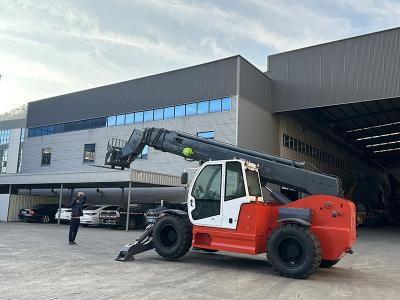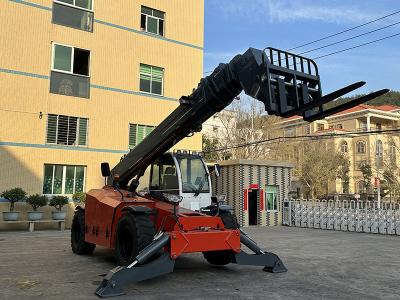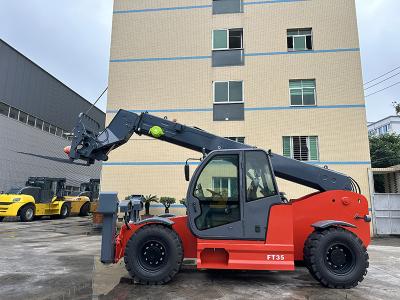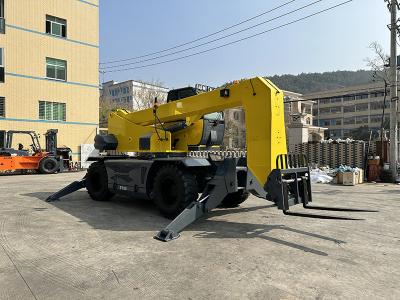When a hydraulic forklift truck fails and cannot be operated, the technician will find the difference between it and normal operation during diagnosis and determine the fault point. Common forklift failure phenomena include the following:
1. Abnormal movement;
2. Abnormal sound;
3. Abnormal appearance;
4. Abnormal smell;
5. Abnormal temperature, etc.
If the driver of the forklift has a certain amount of experience, he may be able to detect and eliminate the fault symptoms as soon as the forklift first appears, so as to avoid causing greater failures and losses. Here are three methods to quickly diagnose whether the forklift is fault-free:
1. Check the forklift's own instrument to give signals such as displaying relevant fault codes and some warning lights;
2. Test drive, you can use your own feelings to find out whether the forklift's operation is abnormal, such as whether the operation is weak, whether the brake system fails, whether there are abnormal sounds when the parts are operating, etc.;
3. Have you ever found this potential fault point of the off road forklift during the regular maintenance of the forklift? In addition to the above three points, when performing a forklift fault diagnosis, the diagnostic parameters and diagnostic accessories of the technical condition should also be used as the basis. These physical or chemical quantities can be used to determine the changes in the technical condition of the accessories of a certain system of the forklift or the occurrence of symptoms before making a conclusion and performing maintenance. As follows:
1. Whether the power performance has decreased
The diagnostic parameters are: speed, torque, power, acceleration time, deceleration time. Diagnostic objects: cylinder-piston and valve mechanism, fuel system, lubrication system.
2. Decreased economic performance
The diagnostic parameters are: fuel consumption, lubricating oil consumption, pressure and temperature of the intake and exhaust system, temperature of the cooling system, temperature and pressure of the lubricating oil. Diagnostic objects: intake and exhaust system, fuel system, cooling system, lubrication system.
3. Changes in the sealing performance of the working volume.
The diagnostic parameters are: cylinder compression pressure, cylinder leakage rate, crankcase blowby volume, crankcase pressure, and starting current of the starter. Diagnostic objects: cylinder, piston group, crank-connecting rod mechanism and valve mechanism.
4. Changes in the matching dimensions of the matching pair.
The diagnostic parameters are: vibration acceleration speed amplitude and frequency, noise level and frequency, lubricating oil pressure, lubricating oil quality analysis. Diagnostic objects: clearance of each matching pair, bearings, gears, etc.
5. Changes in the physical and chemical properties and composition of lubricating oil and coolant.
The diagnostic parameters are: viscosity, acid value, water content, wear particle size, concentration, composition, etc. Diagnostic objects: friction pairs of relative motion, lubrication system, cooling system.
6. Changes in exhaust composition.
The diagnostic parameters are: smoke density, temperature, pressure, etc. Diagnostic objects: fuel system, intake and exhaust system.
7. Changes in thermal conditions.
The diagnostic parameters are: temperature and the speed of temperature change. Diagnostic objects: cooling system, lubrication system.




















